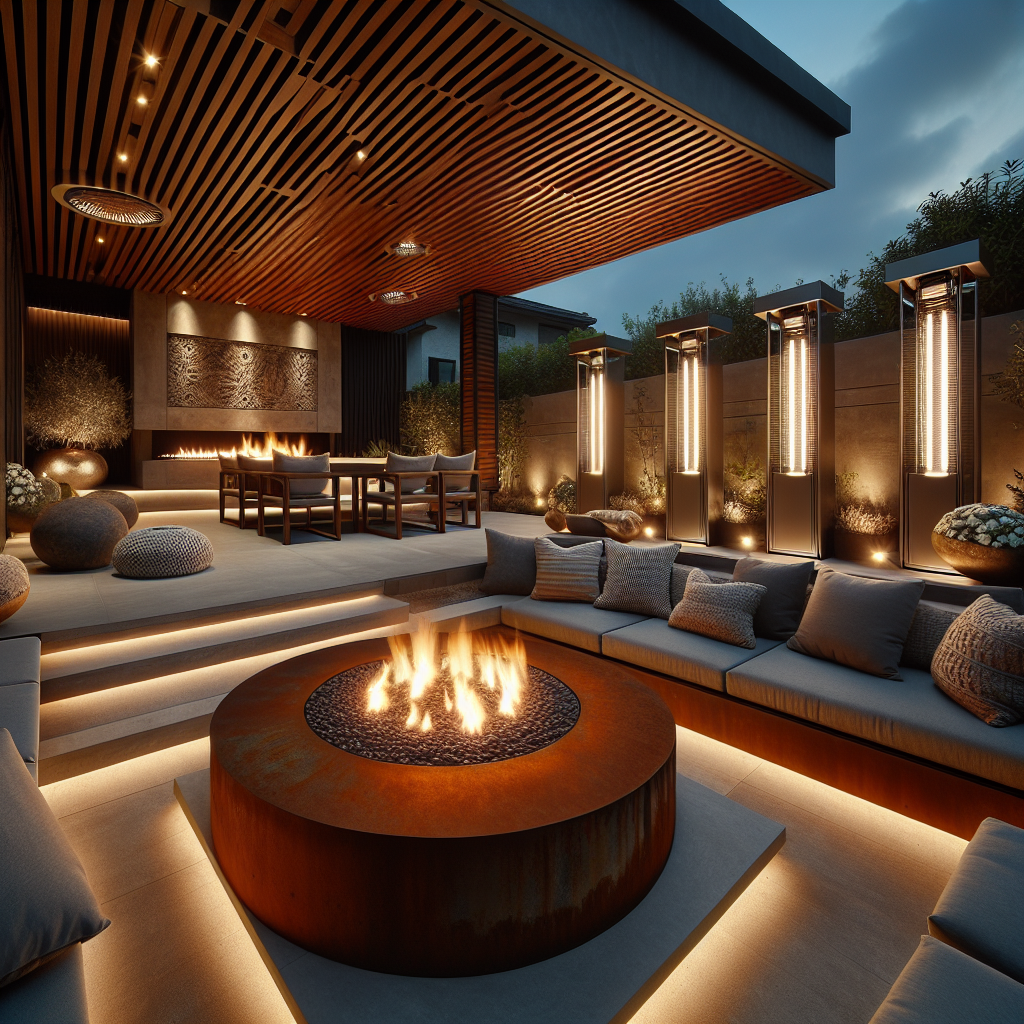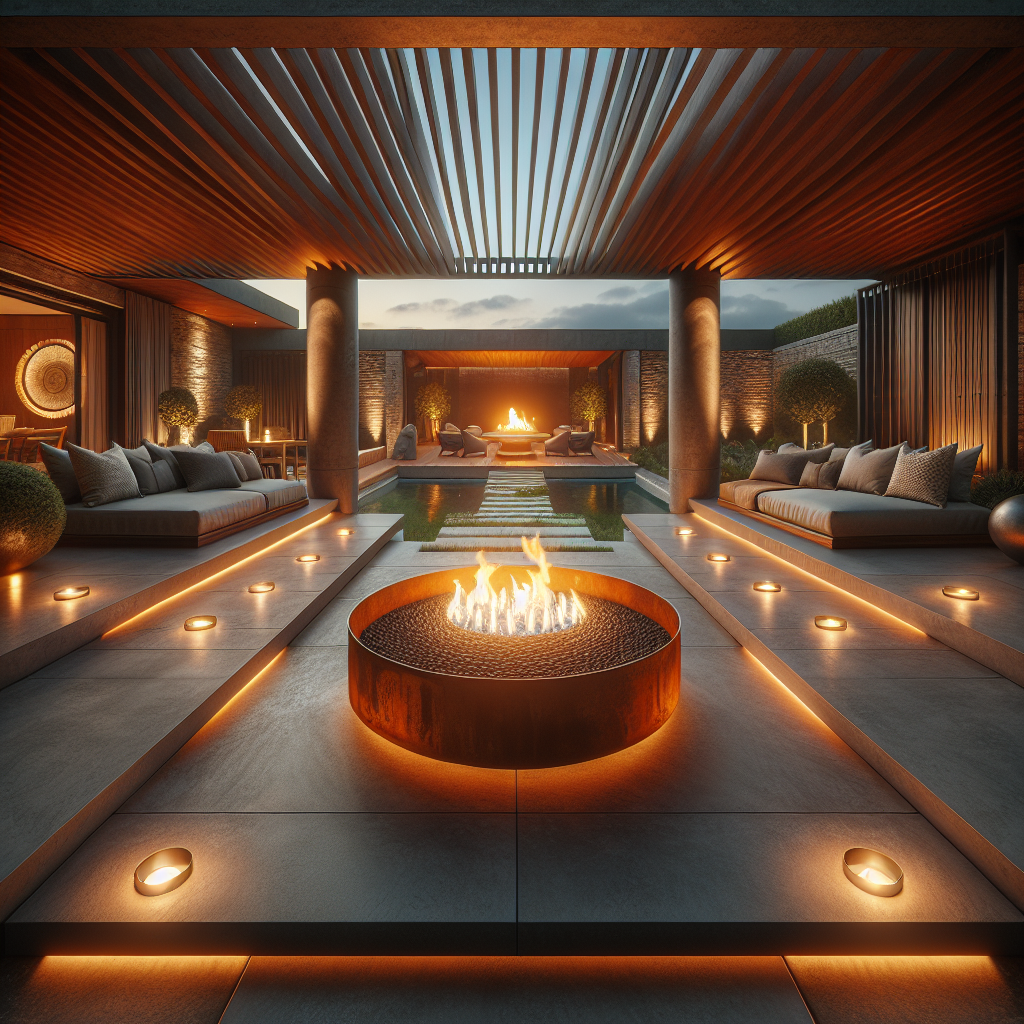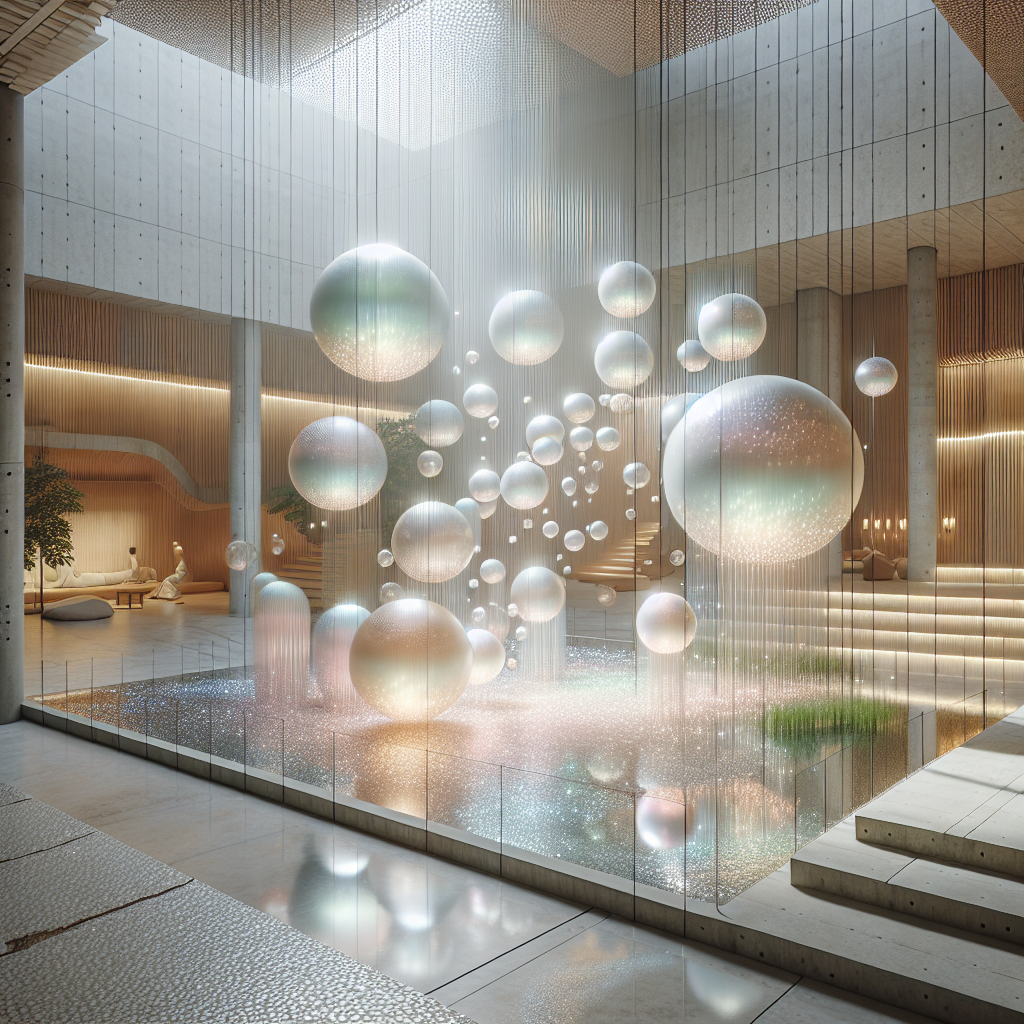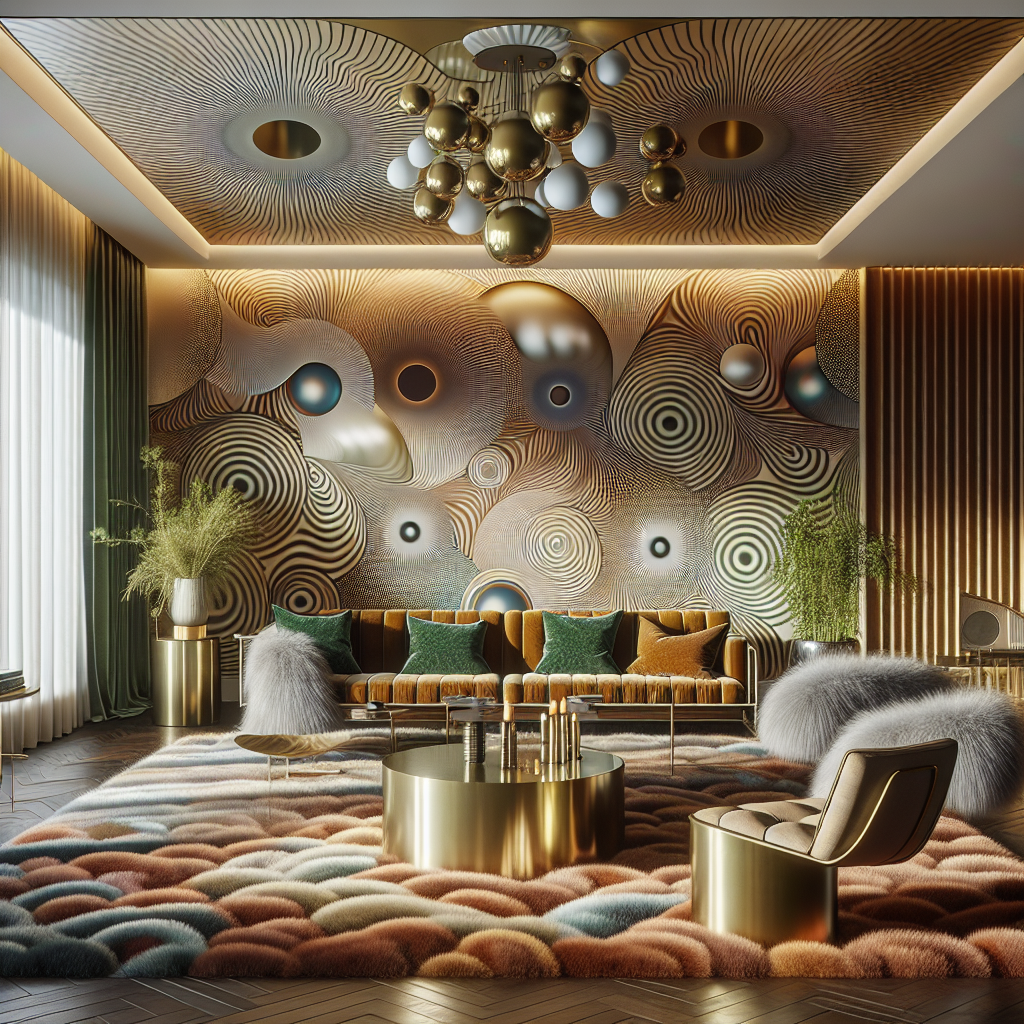Outdoor Fire Pits & Smart Heating for Year-Round Patios
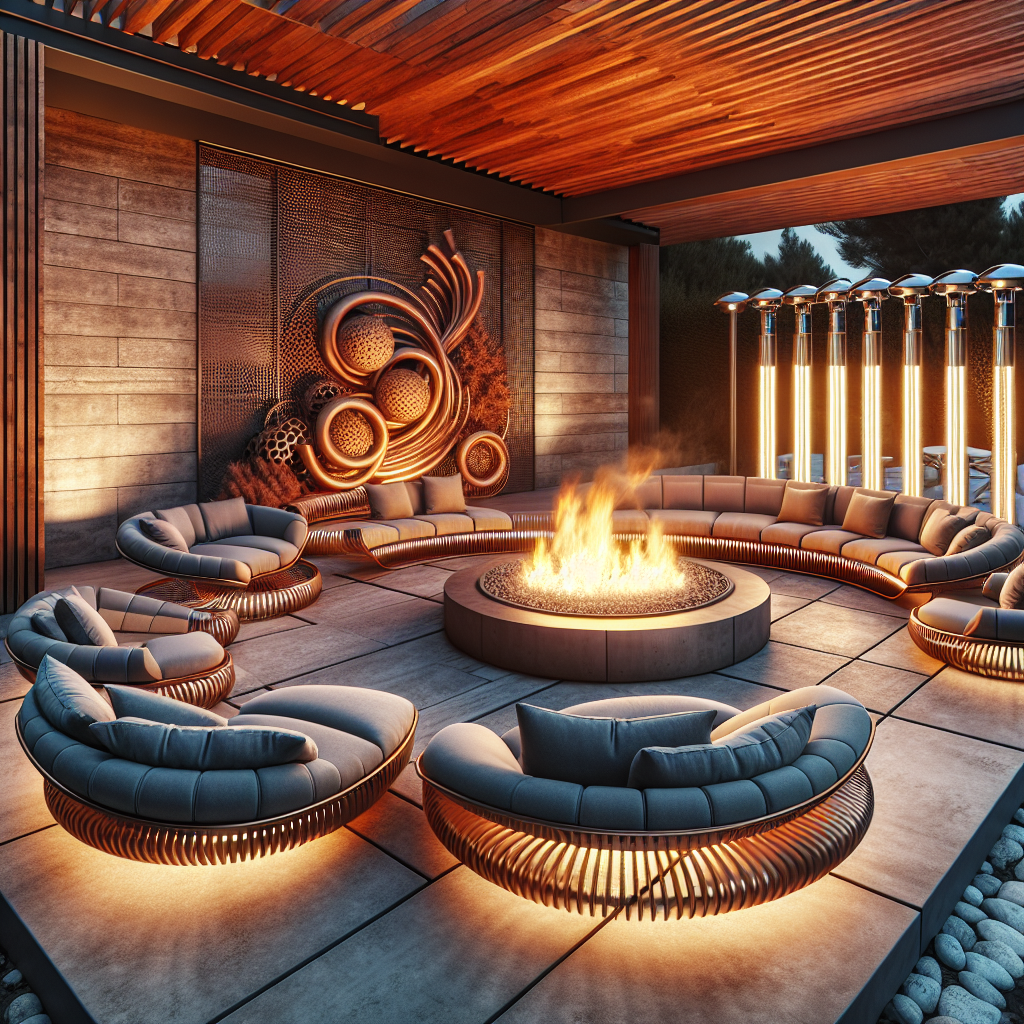
Outdoor Fire Pits & Smart Heating for Year-Round Patios
As the boundaries between indoor and outdoor living continue to dissolve, the modern patio has evolved into a stage for design innovation. No longer seasonal or secondary, these spaces are being reimagined as year-round sanctuaries—where fire pits, radiant heaters, and intelligent climate-control systems converge to create comfort without compromising aesthetics. For architects, designers, and discerning homeowners, the question is no longer whether outdoor heating belongs in a project, but how it can be integrated seamlessly into the architecture, landscape, and lifestyle of its users.
The Rise of the All-Season Patio
According to a 2024 report by the American Institute of Architects, demand for outdoor living enhancements has surged by over 40% in the past five years, with heating solutions ranking among the top requested features. This shift reflects a broader cultural embrace of biophilic design—the desire to remain connected to nature even in colder months. The patio is no longer a summer accessory; it is a permanent extension of the home, often designed with the same level of material refinement and spatial choreography as interiors.
In climates from Toronto to Tokyo, architects are deploying outdoor heating as both a practical and poetic gesture. The flicker of firelight or the invisible warmth of radiant panels transforms terraces into immersive environments, encouraging gatherings long after the leaves have fallen.
Fire Pits as Architectural Anchors
The outdoor fire pit has become the modern hearth—a focal point around which conversation, storytelling, and conviviality unfold. But unlike the rustic campfires of the past, today’s fire pits are highly curated design objects. They range from sculptural corten steel bowls that weather gracefully with time, to minimalist concrete basins that echo the geometry of Brutalist architecture. Some projects even incorporate custom stonework that blurs the line between landscape and object, embedding the fire element directly into the site’s geology.
In luxury residential projects, designers are increasingly treating fire pits as social choreography tools. Circular seating arrangements, sunken lounges, and integrated lighting create atmospheres that feel both intimate and theatrical. This echoes the revival of conversation pits in interior design, where recessed seating creates a sense of enclosure and focus. The fire pit, in this sense, is less about heat and more about ritual—a contemporary reimagining of humanity’s oldest gathering point.
Smart Heating: Invisible Comfort
While fire pits deliver drama, smart heating systems offer subtlety. Radiant heaters, infrared panels, and underfloor heating for exterior terraces are increasingly being specified in high-end projects. Unlike traditional propane heaters—often bulky and visually intrusive—these solutions are designed to be architecturally discreet. Slimline panels can be recessed into pergolas, while radiant flooring systems integrate seamlessly beneath stone or timber decking.
The true innovation lies in connectivity. Integrated with smart home ecosystems, outdoor heating can now respond dynamically to weather conditions, occupancy, and user preferences. Imagine a terrace where heaters activate automatically as temperatures dip below a threshold, or where zones can be controlled individually via smartphone. This fusion of design and technology ensures comfort while optimizing energy efficiency—an increasingly critical factor as the industry pushes toward net-zero goals.
Materiality and Sustainability
Material choices for outdoor heating installations are becoming more nuanced, reflecting both sustainability concerns and aesthetic ambitions. Corten steel, basalt, and recycled concrete are favored for fire pits due to their durability and evolving patina. For smart heating, energy-efficient infrared systems are replacing gas-fueled heaters, aligning with the broader architectural shift toward electrification and renewable energy integration.
This aligns with the industry’s growing interest in biophilic design principles, where natural materials and energy-conscious systems work in tandem to support both human well-being and ecological responsibility. Designers are increasingly challenged to create outdoor heating solutions that are not only functional but also environmentally literate.
Case Studies: Global Inspirations
In Copenhagen, a boutique hotel recently unveiled a rooftop terrace where sleek, linear fire channels are embedded within terrazzo flooring, creating a ribbon of flame that doubles as both heating and spectacle. In California’s Napa Valley, vineyard estates are integrating sculptural fire pits into terraced landscapes, their flames reflecting in infinity pools to amplify the sense of drama. Meanwhile, in Tokyo, compact urban balconies are being outfitted with wall-mounted infrared heaters that preserve valuable floor space while extending usability into the winter months.
These examples underscore the adaptability of outdoor heating solutions across scales and contexts. Whether urban or rural, residential or hospitality, the common thread is a commitment to experience-driven design.
Designing for Atmosphere
Outdoor heating is not simply about extending usability; it is about crafting atmosphere. The interplay of firelight with textured stone walls, the glow of radiant panels beneath a timber pergola, or the tactile warmth of heated flooring under bare feet—all contribute to multisensory experiences that elevate outdoor living. Designers are increasingly thinking in terms of orchestration, layering light, heat, and materiality to create environments that feel both elemental and futuristic.
This approach resonates with the evolution of contemporary architecture, where technology is seamlessly embedded into the fabric of design rather than added as an afterthought. Just as kinetic facades and responsive interiors redefine the adaptability of buildings, outdoor heating systems are reshaping the temporal boundaries of the patio.
The Future of Heated Outdoor Living
Looking ahead, the convergence of outdoor fire pits and smart heating systems will likely become even more sophisticated. Advances in AI-driven climate control, renewable energy integration, and modular heating units promise to make year-round patios not only more comfortable but also more sustainable. The design challenge will be to maintain the poetic resonance of fire while embracing the invisible intelligence of smart systems.
Ultimately, the heated patio is more than a design trend—it is a cultural shift. It reflects our collective desire to live closer to nature, to extend hospitality beyond walls, and to reimagine the role of fire and warmth in contemporary life. For architects and designers, it offers a fertile ground for experimentation, where tradition and technology converge in the glow of a flame or the whisper of radiant heat.
As outdoor living continues to ascend in architectural importance, the fire pit and the smart heater stand as symbols of a new design ethos: one that is as much about connection as it is about comfort.

